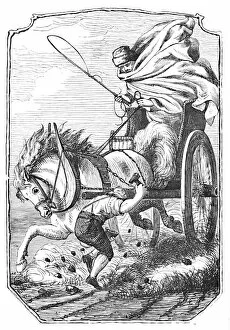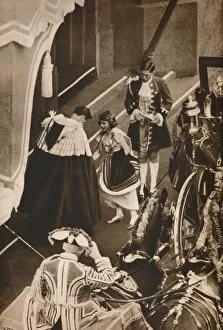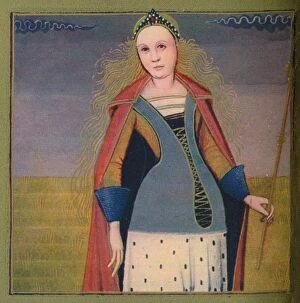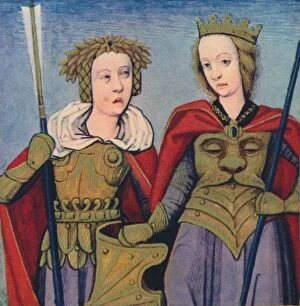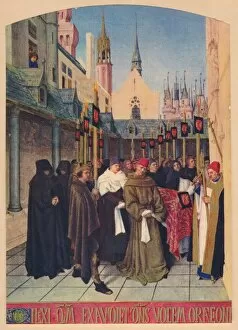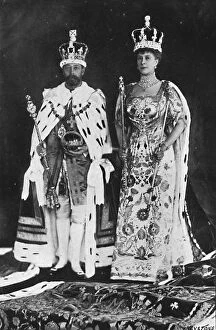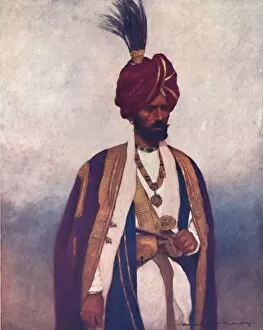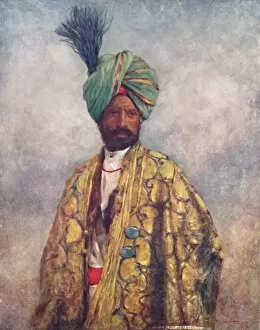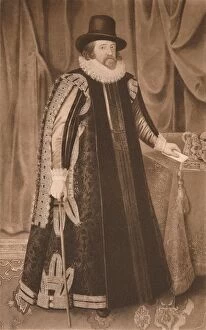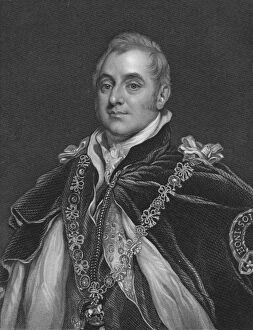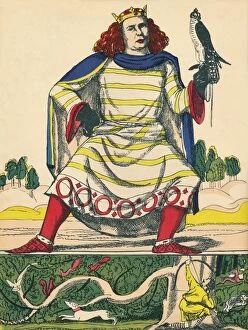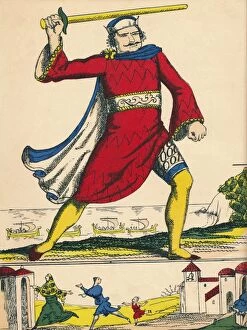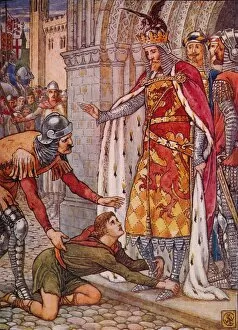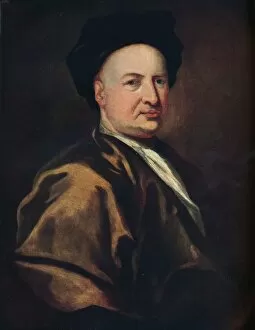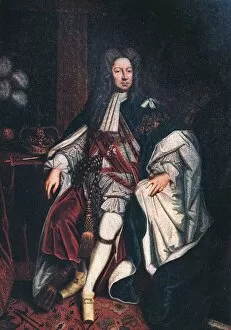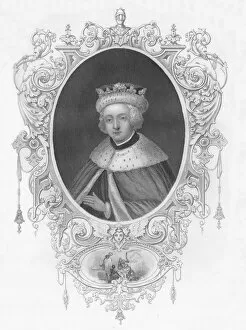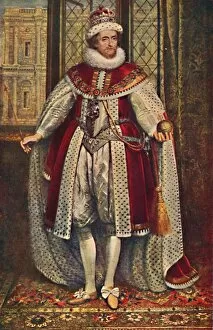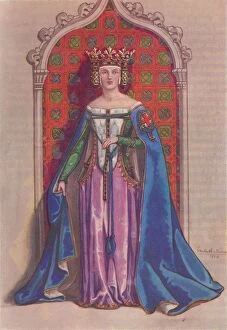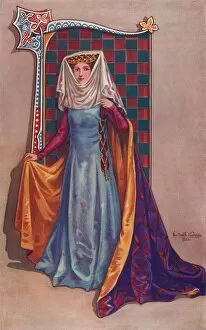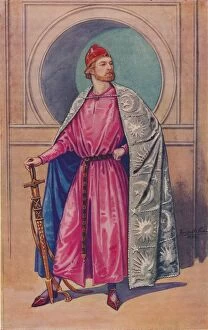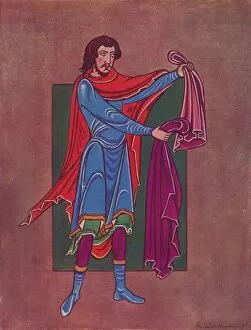Cloak Collection (#98)
"The Power of the Cloak: Unveiling Hidden Identities and Symbolism in Art" Throughout history, artists have masterfully depicted the enigmatic allure of the cloak
For sale as Licensed Images
Choose your image, Select your licence and Download the media
"The Power of the Cloak: Unveiling Hidden Identities and Symbolism in Art" Throughout history, artists have masterfully depicted the enigmatic allure of the cloak, a garment that transcends time and culture. Rembrandt van Rijn's "A Man in Armour" captures the essence of strength and mystery as a figure dons an imposing suit while concealing his true intentions beneath a cloak. In 1918, Trotsky slayed the counter-revolutionary dragon in a powerful poster. The revolutionary leader's cloak symbolizes his ability to navigate through treacherous times with cunning strategy and resilience. The regal elegance of Queen Elizabeth II is magnificently portrayed by Sterling Henry Nahum Baron in her coronation robes. Her majestic cloak drapes around her like a shield, embodying her role as a protector and symbolizing her authority over the British Empire. Kaiser Wilhelm II, during World War I, wore his military uniform with pride but also relied on his commanding presence hidden behind an authoritative cloak. This visual representation reflects both power and vulnerability amidst turbulent times. St Martin De Tours exemplifies selflessness as he shares his own cloak with a beggar to provide warmth and comfort. This act of compassion immortalized by countless artists emphasizes empathy as an essential virtue for humanity. John Everett Millais' paintings "My First Sermon" (1863) and "My Second Sermon" (1864) depict children wearing cloaks while attending church services. These innocent figures are metaphorically protected from worldly distractions by their spiritual garments - reminding us of our need for faith even in uncertain times. The fable of Wind and Sun showcases how persuasion triumphs over force when it comes to removing one's outer layer. The wind fails miserably while attempting to strip off someone's cloak, highlighting the power of gentle persuasion compared to coercion or aggression. Ladislaus I of Hungary or St.


